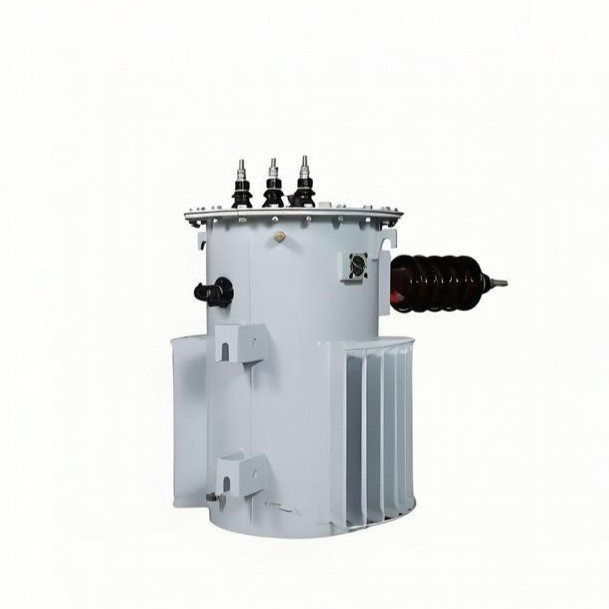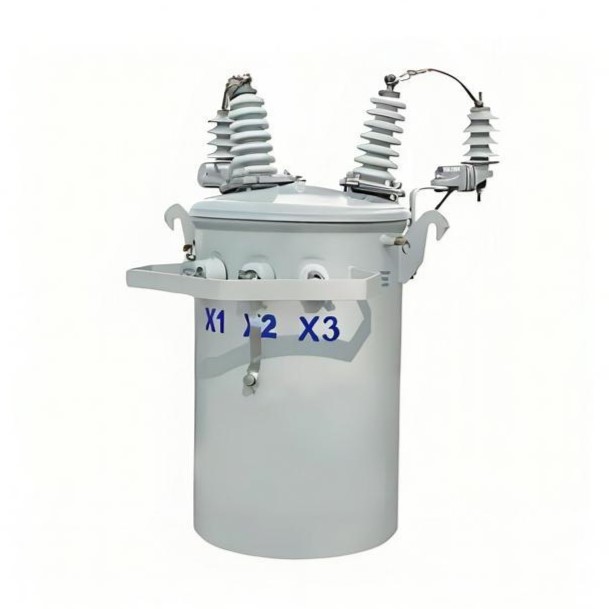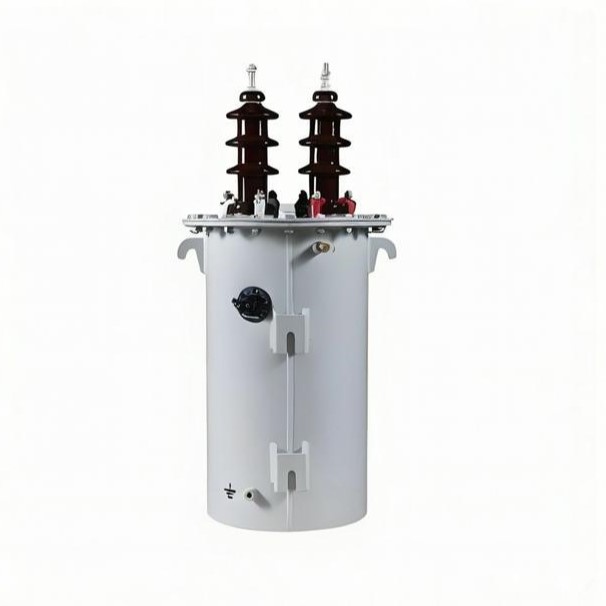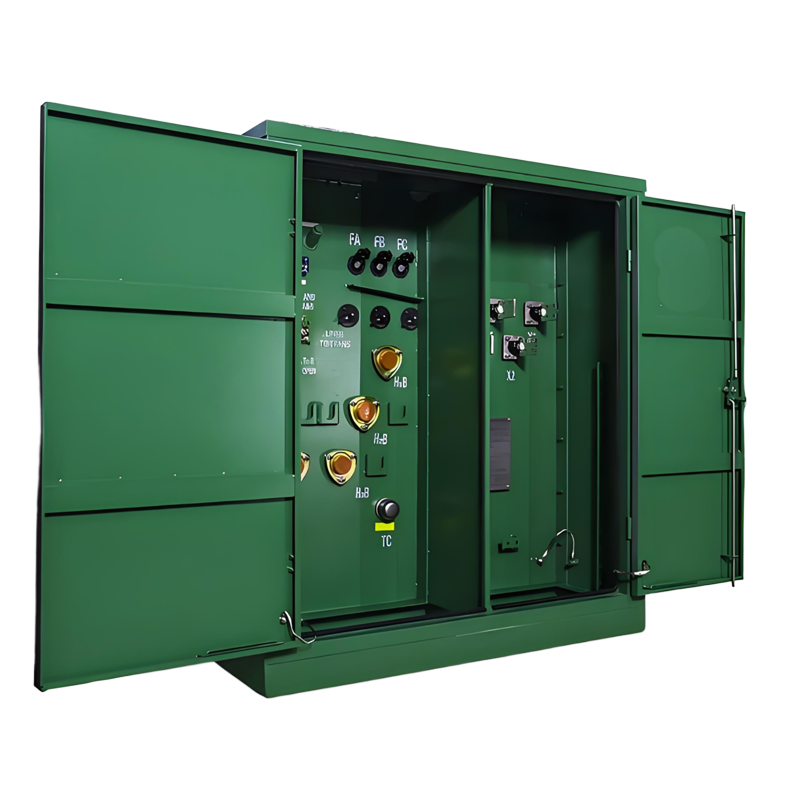Analysis of Advantages and Solutions for Single-Phase Distribution Transformers Compared to Traditional Transformers
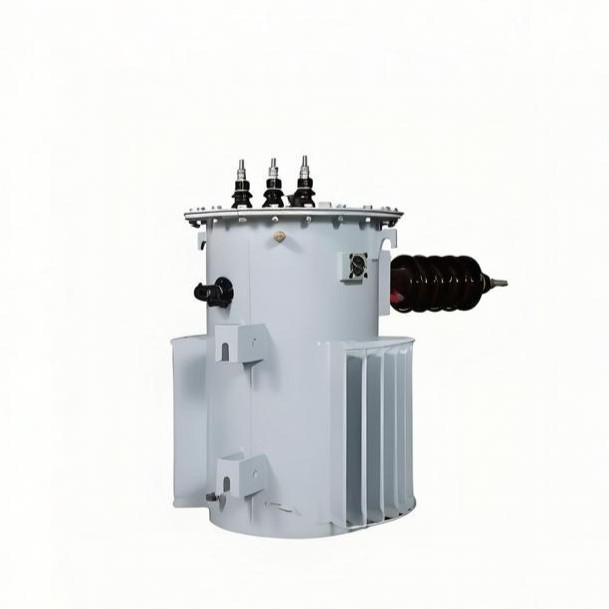
1. Structural Principles and Efficiency Advantages
1.1 Structural Differences Affecting Efficiency
Single-phase distribution transformers and three-phase transformers exhibit significant structural differences. Single-phase transformers typically adopt an E-type or wound core structure, while three-phase transformers use a three-phase core or group structure. This structural variation directly impacts efficiency:
- The wound core in single-phase transformers optimizes magnetic flux distribution, reducing high-order harmonics and associated losses.
- Data shows that single-phase wound-core transformers exhibit 10%–25% lower no-load losses and ~50% lower no-load currents compared to traditional three-phase laminated-core transformers, with significantly reduced noise levels.
1.2 Working Principle Reducing Losses
- Single-phase transformers process only single-phase AC, simplifying design by eliminating phase differences and magnetic potential balancing issues inherent in three-phase systems.
- In three-phase transformers, unbalanced loads cause additional losses: rotating magnetic fields in core joints and transverse flux leakage at lamination seams increase energy dissipation.
- Single-phase transformers avoid these issues due to independent magnetic paths, enhancing operational efficiency.
1.3 Power Supply Mode Optimizing Line Losses
- Single-phase transformers enable a "small capacity, dense distribution, short radius" power supply model. By installing near load centers, they shorten low-voltage supply radii, reducing line losses.
- Practical applications use single-pole suspension mounting, saving material costs and improving installation efficiency—ideal for rural and urban fringe grid upgrades.
2. Material Usage and Manufacturing Cost Advantages
2.1 Material Savings Reducing Costs
- Single-phase transformers use 20% less core material and 10% less copper than equivalent-capacity three-phase units.
- This reduces manufacturing costs by 20%–30%.
2.2 Case Study: Rural Grid Renovation
- In Shexian County, after adopting single-phase transformers:
- Low-voltage line construction costs decreased by ~20%.
- Substation area construction costs fell by ~66%.
- Although initial investment is slightly higher (e.g., ¥5,000 for 50kVA single-phase vs. ¥4,500 for three-phase), the Life Cycle Cost (LCC) over 10 years is significantly lower: ¥22,585 (single-phase) vs. ¥57,623 (three-phase).
2.3 Cost-Effective Power Supply Modes
- Single-phase systems use two-wire high-voltage lines (10% savings) and two- or three-wire low-voltage lines (15% savings), reducing engineering costs.
- Ideal for rural grids with long lines and dispersed loads.
2.4 Production Advantages
- Simpler structure enables mass production, facilitating adoption of advanced technologies like amorphous alloy cores, further cutting costs.
3. Applicability Analysis in Different Scenarios
|
Application Scenario |
Key Features |
Case Details |
Transformation Effect |
Advantages |
|
Rural Power Grids |
Long supply radii, high line losses, poor voltage quality |
Shexian County: 30kVA three-phase transformer replaced with two single-phase units (50kVA + 20kVA) |
Line loss ↓ from 12% to 2.2%; voltage compliance ↑ from 97.61% to 99.9972% |
Solves "low-voltage" issues, improves reliability |
|
Urban Residential Areas |
Concentrated loads, voltage drops at peak times |
Ankang Dongxiangzi: 250kVA three-phase replaced with six 50kVA single-phase units |
Line loss ↓ from 5.3% to 2.2%; end-point voltage stabilized |
Shortens supply radius, enhances voltage quality |
|
Street Lighting Systems |
Energy-saving potential via voltage adjustment |
Single-phase V/V₀ transformers reduce voltage to 200V at night, saving 16% for 70W high-pressure sodium lamps |
Lower line losses, smart control for efficiency |
Energy savings via intelligent control |
4. Recommendations for Rational Application
4.1 Capacity Selection
- Core Principle: "Small capacity, dense distribution":
- Rural areas: ≤20kVA; urban areas: ≤100kVA.
- Wiring:
- ≤40kVA: 1 circuit; ≥50kVA: 2 circuits; prioritize single-phase three-wire system.
- Formula: P=kf⋅Kt⋅∑PN=Kx⋅∑PNP = k_f \cdot K_t \cdot \sum P_N = K_x \cdot \sum P_NP=kf⋅Kt⋅∑PN=Kx⋅∑PN (where kfk_fkf: load factor; KtK_tKt: simultaneity factor).
4.2 Installation Methods
- Independent: For scattered villages; ensures proximity to loads.
- Branch-Type: For flexible power switching.
- Mainline-Type: For three-phase areas with no three-phase loads.
- Prioritize single-pole mounting for space-saving and easy maintenance.
4.3 Hybrid Power Supply
- Single-phase loads ≤15% of three-phase loads: direct summation; else, convert to equivalent three-phase loads.
- Load Matching:
- Single-phase: residential loads; three-phase: industrial motors.
- Seasonal fluctuations: Use on-load capacity-adjustable transformers.
4.4 Operation and Maintenance
- Smart Monitoring: Remote data collection and metering.
- Protection Devices:
- High-voltage side: PRWG or HPRW6 drop-out fuses.
- Lightning protection: gapless composite insulator surge arresters.
- Low-voltage side: isolating switches + molded-case circuit breakers for safety.
4.5 Economic Considerations
- LCC Advantage: Lower long-term costs despite higher initial investment (e.g., ¥22,585 vs. ¥57,623 over 10 years).
5. Future Trends and Prospects
- Material Innovations:
- Amorphous alloy and wound cores will further reduce no-load losses by 70%–80% and 10%–15%, respectively.
- Smart Grid Integration:
- IoT-enabled monitoring and AI-driven optimization enhance real-time management.
- Renewable Energy Synergy:
- Facilitate rural distributed PV/wind integration, improving energy absorption.
- Standardization:
- Guidelines like Rural Power Grid Upgrade Technical Principles will refine application norms.
